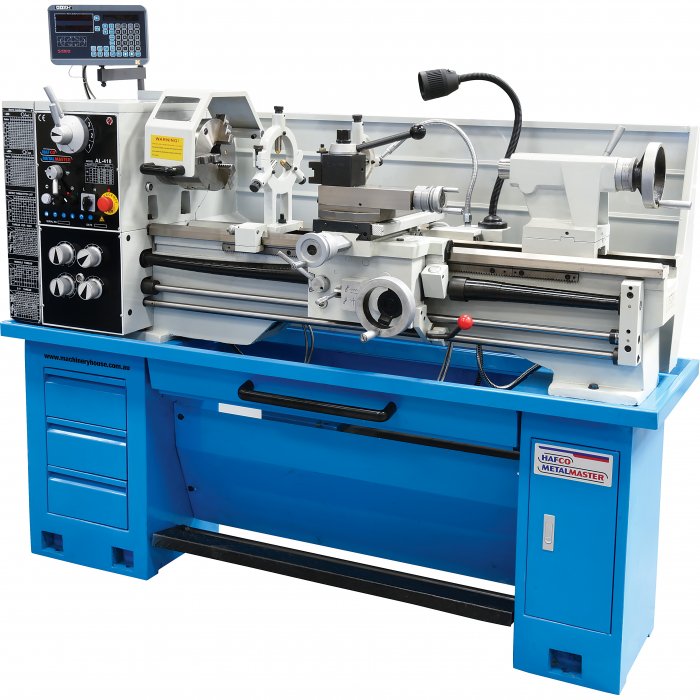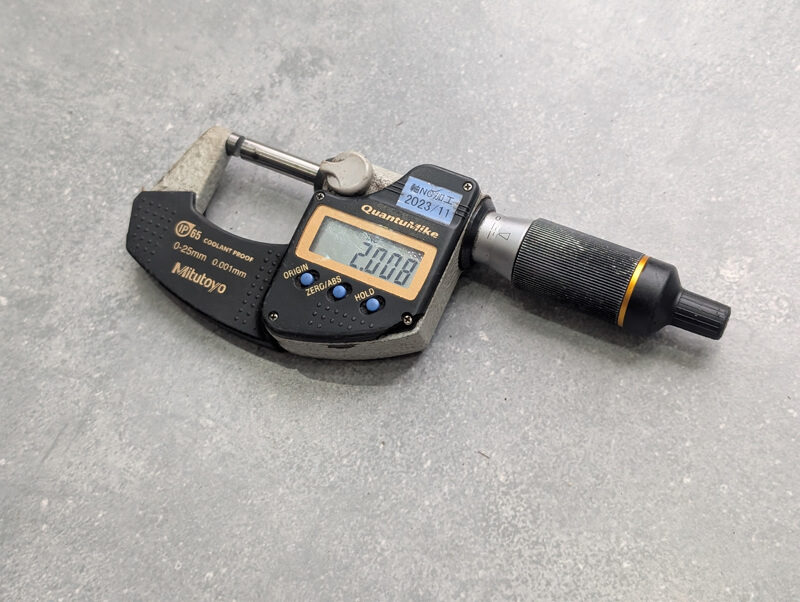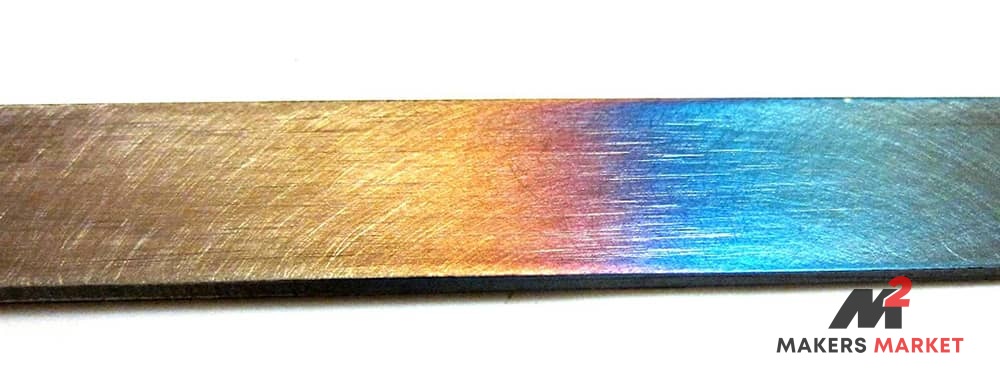Your cart is currently empty!
Metal Lathe: A Guide to Safe and Effective Use

A metal lathe is a versatile machine tool used to shape metal and other materials into various shapes and sizes. It is commonly used in the production of parts for machines and other products. The metal lathe has been in use for hundreds of years, and it remains a popular tool in metalworking and machining today.
To use a metal lathe safely and effectively, it is important to understand the basic operations and techniques. This guide will provide you with step-by-step instructions on how to use a metal lathe, as well as some important safety tips to keep in mind while operating this machine.
- Prepare Your Workspace
Before starting to use the metal lathe, make sure that your workspace is clean and organized. Remove any debris or tools that might get in the way, and clear a space around the machine for you to move around freely. This will help you avoid accidents and keep you working efficiently.
- Check the Lathe
Before starting any operation, inspect the lathe and make sure that it is in good working condition. Check the belts, pulleys, and gears to make sure they are tight and properly aligned. Ensure that all guards and shields are in place, and make sure that the lathe is properly lubricated.
- Choose Your Tooling
The type of tooling you will need depends on the type of operation you will be performing. For most basic operations, a center drill, roughing tool, and finishing tool will be sufficient. Make sure that your tooling is in good condition and that the cutting edges are sharp.
- Mount the Workpiece
Mount the workpiece to the lathe using a chuck, a faceplate, or a center. Make sure that the workpiece is secure and that the center or the center drill is properly aligned.
- Adjust the Speed and Feed
The speed and feed of the metal lathe are critical to the success of your operation. Adjust the speed and feed to match the material you are working with, the type of operation, and the tool you are using. Check your machine manual for recommended speeds and feeds.
- Start the Lathe
Start the lathe and allow it to reach its full speed before starting any cutting operation. Make sure that the workpiece is rotating evenly and that there is no vibration.
- Perform the Operation
Using the tooling you have chosen, perform the operation you want to achieve, whether it be drilling, turning, facing, or knurling. Make sure to follow the proper techniques and to use the correct tool for the job.
- Stop the Lathe
When you have finished your operation, turn off the lathe and allow it to come to a complete stop. Remove the workpiece and any tooling, and check the results.
Safety Tips
When using a metal lathe, it is important to follow some basic safety precautions to avoid accidents and injuries. Here are some tips to keep in mind:
- Wear appropriate personal protective equipment, such as safety glasses and gloves, to protect yourself from flying debris and sharp edges.
- Keep your hands and other body parts away from the cutting area to avoid injury.
- Do not wear loose clothing or jewelry that can get caught in the machine.
- Use proper lifting techniques to avoid injury when lifting heavy objects.
- Make sure that all guards and shields are in place and that the lathe is properly lubricated to avoid equipment failure and injury.
In conclusion, using a metal Lathe is a valuable skill for those interested in metalworking and machining. With proper preparation and the correct techniques, you can use a metal lathe to create precise parts and products. However, it is important to always follow safety procedures and to take precautions to avoid accidents and injuries while operating this powerful machine.
In summary, the steps for using a metal lathe include: preparing your workspace, checking the lathe, choosing your tooling, mounting the workpiece, adjusting the speed and feed, starting the lathe, performing the operation, and stopping the lathe. Remember to follow safety tips such as wearing appropriate personal protective equipment, keeping your hands and body parts away from the cutting area, and making sure that all guards and shields are in place.
By following these steps and guidelines, you will be well on your way to becoming an experienced metal lathe operator. Good luck and happy machining!
More posts
New arrivals
-
Comparator Stand
$299.90 -
NOGA Magnetic Indicator Base NF1030
$169.90 -
Mitutoyo Digital Dial Gauge Eyelet 543-250
$229.90 -
Sandvik CoroCut QD-NN2G60-25A Parting Blade Kit
$219.90








